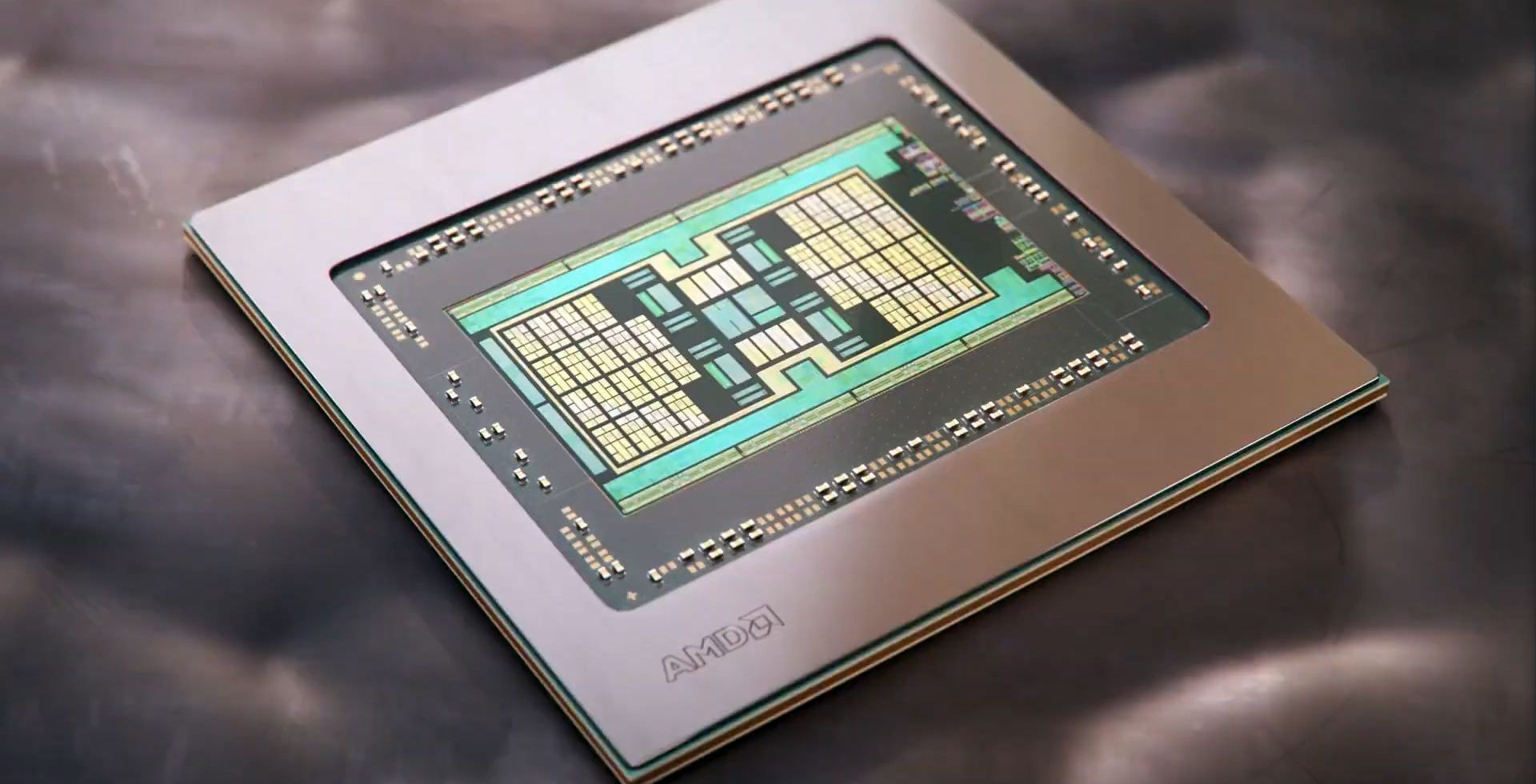Some points:
* most of the graphs showing AMD results were achieved using the OC (Rage Mode) and some even the "Ryzen 5k + chipset" magic - this is not good
* not a single slide showing Ray Tracing - this telling
* the cut down version got still whole 128MB cache
Are you sure about that Rage mode point? They showed numbers before introducing rage mode.


